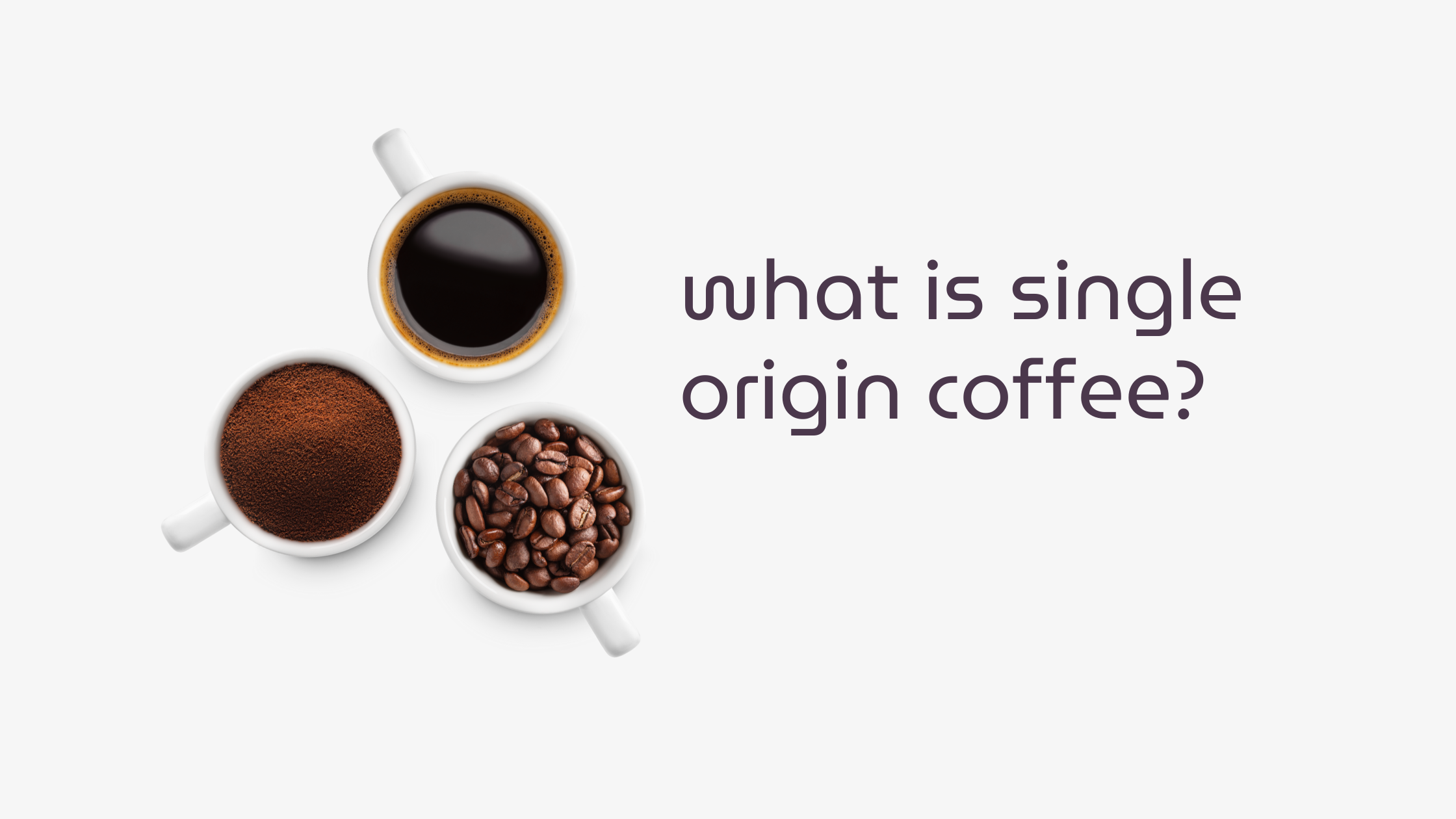
What Is Single Origin Coffee? A Beginner’s Guide to Flavor, Quality & Traceability
Discover what makes single origin coffee so special—from its bold, traceable flavors to how it supports ethical sourcing and showcases the story behind every bean.
If you’ve ever wondered why some coffees taste fruity, others chocolatey, and a few like toasted nuts or florals—you’re not alone. One of the biggest reasons comes down to where that coffee was grown.
And that’s where single-origin coffee comes in.
Whether you’re new to specialty coffee or just curious about what makes one bag stand out from another, this beginner’s guide will help you understand what single-origin coffee is, why it matters, and how to start exploring it.
What Is Single-Origin Coffee?
Single-origin coffee is made with beans that come from one place—whether that’s a specific farm, a co-op of small farms, a single estate, or even a micro-lot. Because all the beans share the same origin, the cup reflects the soil, climate, and growing practices of that location.
Think of it like wine: the region shapes the taste.
Single origins can be labeled by country, region, cooperative, or estate name. Some even showcase a single varietal or lot, offering transparency to buyers and drinkers alike.
How It Differs From Coffee Blends
Blends combine beans from multiple origins to create a consistent flavor. Great for familiarity, but not designed to highlight unique tasting notes from one place.
| Single-Origin Coffee | Coffee Blends |
|---|---|
| From one place (farm, co-op, or region) | From multiple places |
| Distinct, traceable flavor profile | Balanced, consistent flavor |
| Great for tasting variety | Great for familiarity |
Single-origin coffees also change with the seasons—like fruit from your favorite farm stand—which means you get beans at their peak.
What It Means for Flavor
Because single-origin beans are grown in one location, their flavor is shaped by that region’s altitude, soil, and climate—and those differences show up in your cup.
Examples from the Happi lineup:
- Happi Colombia – smooth with hints of citrus and caramel
- Happi Guatemala – bright and fudgy with a lively finish
- Happi Brazil – toasty and sweet with nutty depth
Want floral? Fruity? Earthy? Single origin lets you explore how place and process influence taste—and shines in pour-over, French press, or AeroPress brews.
Is Single-Origin Coffee Better?
Depends on what you’re after. If you love discovering new flavors and knowing exactly where your coffee comes from, single origin is perfect. If you crave the same taste every time, blends may suit you better.
At Happi, we think there’s room for both—so long as it’s freshly roasted and crafted with care.
Popularity & the Specialty Coffee Movement
Single-origin coffee surged with the third-wave movement, which values quality, sustainability, and traceability. Direct relationships and seasonal micro-lots give farmers better prices and consumers more meaningful stories behind every cup.
Impact on Farmers & Producers
Traceable lots create opportunities for ethical sourcing and fairer pay. When roasters buy micro-lots directly, farmers can earn more for higher quality and invest in sustainable practices—building long-term partnerships along the way.
Tips for Trying Single-Origin Coffee
- Start with one region at a time to get a feel for its signature flavors.
- Try pour-over, AeroPress, or French press to highlight subtle notes.
- Buy freshly roasted (never months-old pre-ground).
- Grind just before brewing if you choose whole-bean.
- Take notes on what you taste—like you would with wine or chocolate.
Traceability You Can Taste
Choosing single-origin coffee from a roaster that prioritizes transparency and freshness means better flavor and stronger support for ethical, sustainable farming.
At Happi, our single-origin beans are traceable to the farm or region, roasted in small batches, and shipped fresh to your door.
Explore our Single-Origin Collection and find your new favorite sip today.

